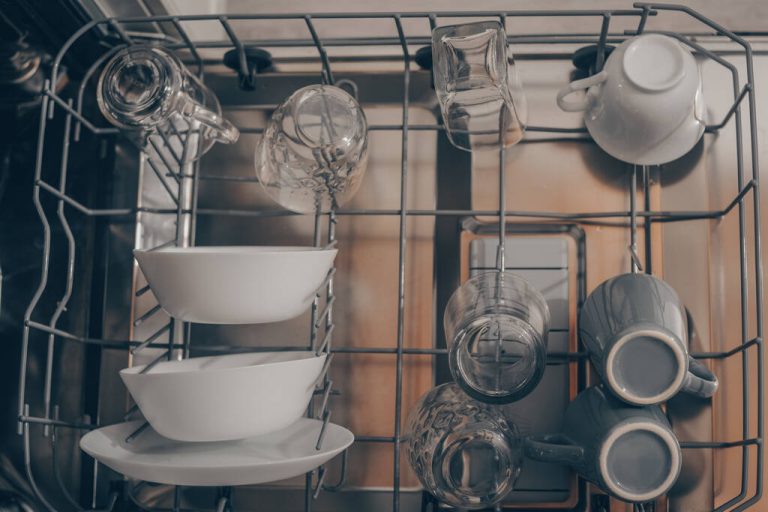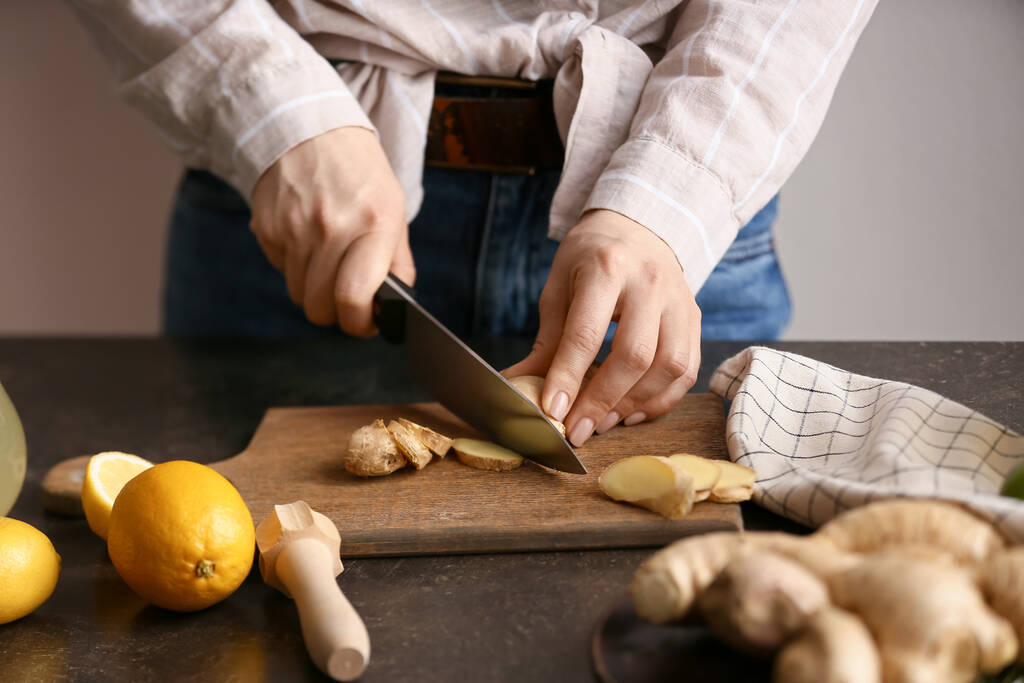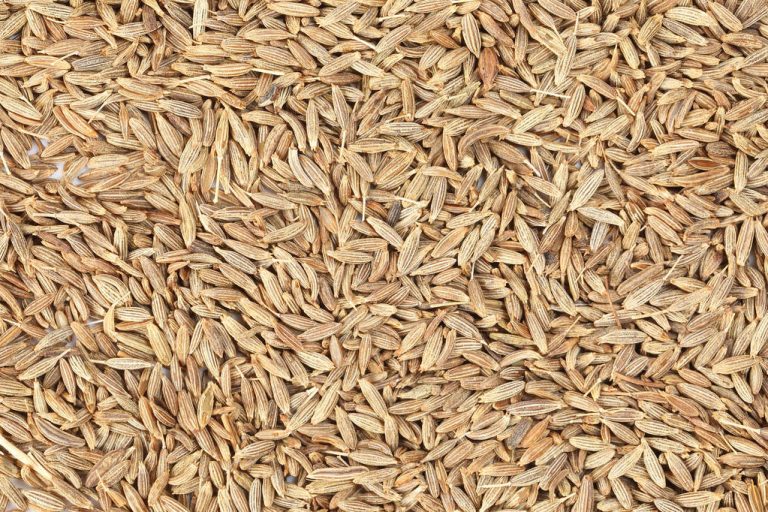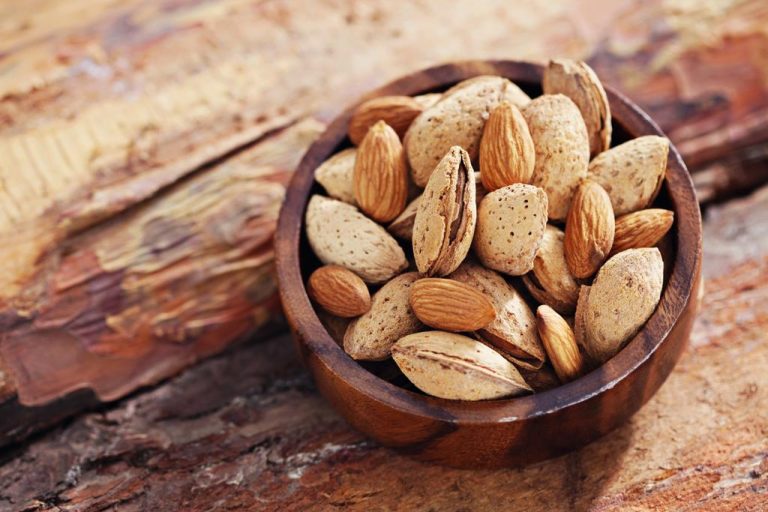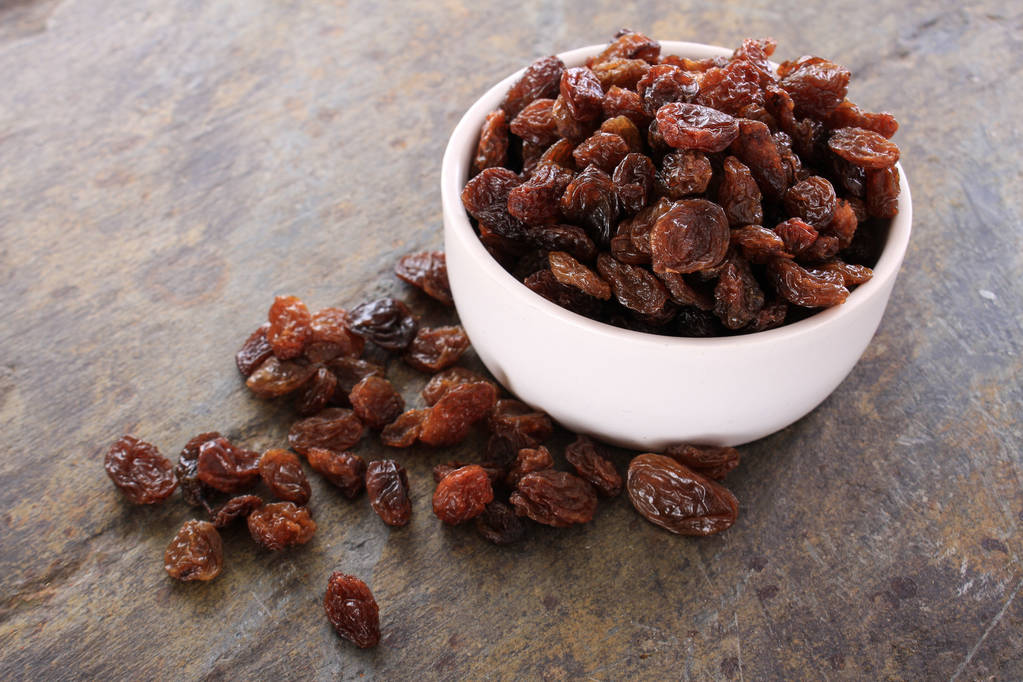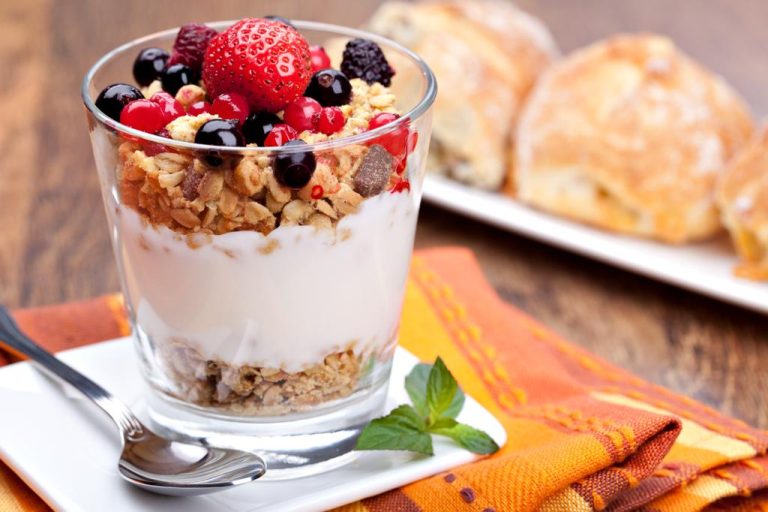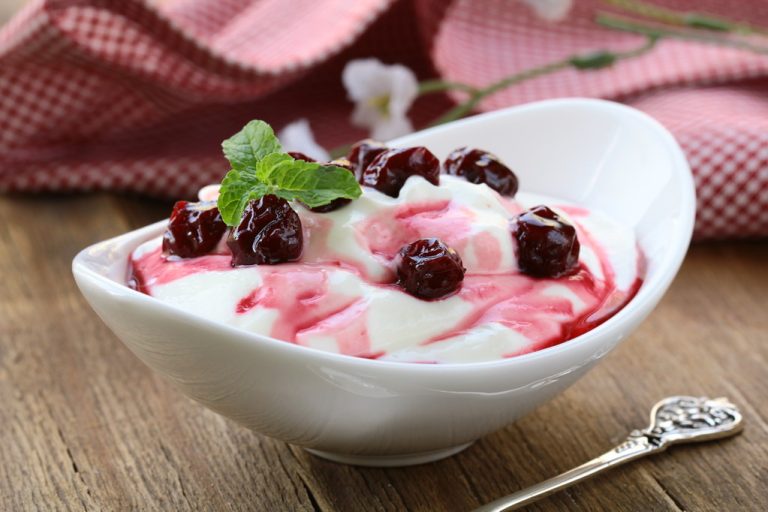Pets can get diarrhea too. If this happens, it is important to act correctly so that the dog and cat get better as quickly as possible.

How to recognize and treat diarrhea
Basically, a distinction is made between two different types of diarrhea:
Colonic diarrhea: You can recognize diarrhea by the fact that your cat or dog has very frequent bowel movements. A smaller amount of faeces than usual is produced, and it is not uncommon for mucus and/or blood to be mixed in. Your pet may seem to be constantly straining as swelling around the anus makes them feel like they need to defecate constantly. The swelling often shows up as redness.
Diarrhea in the small intestine: In contrast to diarrhea in the large intestine, your animal does not usually have to defecate much more often than usual. Common symptoms include a growl in the abdomen, gas, and very loose and sluggish stools.
It doesn’t matter what type of diarrhea it is: You can take action against acute diarrhea. One option is to choose a dietary supplement: this thickens the stool and allows harmful substances to be removed. Due to the disturbed intestinal function, the dog or cat usually consumes fewer nutrients, which also speaks in favor of using a dietary supplement. Make sure you use the product correctly and read the package leaflet beforehand.
Be sure to give your dog or cat enough to drink: Due to the frequent bowel movements, he or she loses more liquid than usual. Accordingly, the fluid intake should also be increased. This is the only way to prevent the animal from drying out. The right diet is also particularly important: the intestine loses many nutrients, which is why it is advisable to give the animal smaller amounts of easily digestible food several times a day. A tip, for example, can be the so-called Moro’sche carrot soup: You boil half a kilo of peeled carrots in twice the amount of water for at least 90 minutes and then puree everything into a homogeneous soup. You fill up the soup with hot water to the amount of one liter and add 3 grams of salt.
You should definitely see a veterinarian if the diarrhea persists despite these measures, your pet has other symptoms, or stops eating. Do not hesitate to consult a doctor if the animal is suddenly aggressive, screams when defecation, the diarrhea shows traces of blood or the animal withdraws very strongly. The veterinarian can quickly clarify the cause and thus eliminate uncertainties. In special cases, he*she can also set an infusion and carry out other examinations, such as an X-ray or an ultrasound. This will prevent the animal from emerging from the disease very weak.

Possible causes of diarrhea
The cause of diarrhea in our favorite pets is usually in the small or large intestine. If there is diarrhea in the small intestine, infections caused by worms, bacteria or viruses can be the main reason for the diarrhoea. Another likely cause is intestinal irritation, which may be due to a change in diet or improper diet. Maybe your dog or cat just ate something on the street that wasn’t good for him/her.
If you think it could be due to worms, you should definitely consult a veterinarian: They can examine a sample of your pet’s stool and, after confirming the suspicion, can then professionally deworm the animal. Young animals in particular often have to struggle with worms; you can usually recognize the worm infestation by a bloated stomach (also called “worm belly”). Many vets will also advise you on alternative treatment regimens, such as a dewormer.
Viruses are also a common cause, so remember to have your dog or cat vaccinated against the most common viruses. However, some viruses cannot be vaccinated against: In this case, it is important that you actively try to fight your pet’s diarrhea yourself.
However, if there are other symptoms, in rare cases it can also be an indication of a more serious illness, such as pancreatitis: do not hesitate to ask a specialist for advice.


